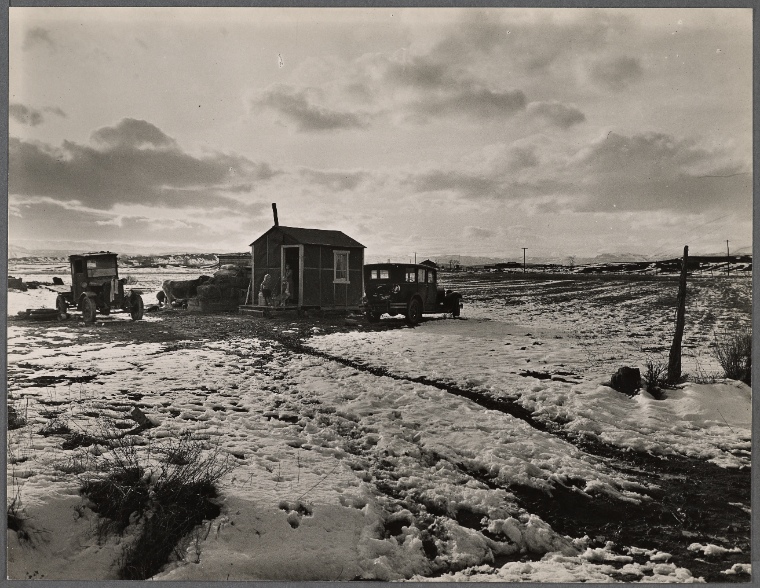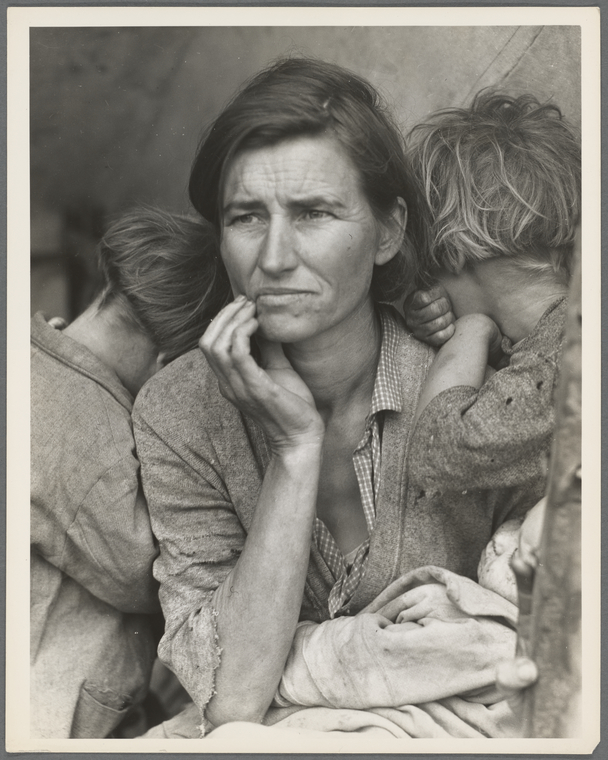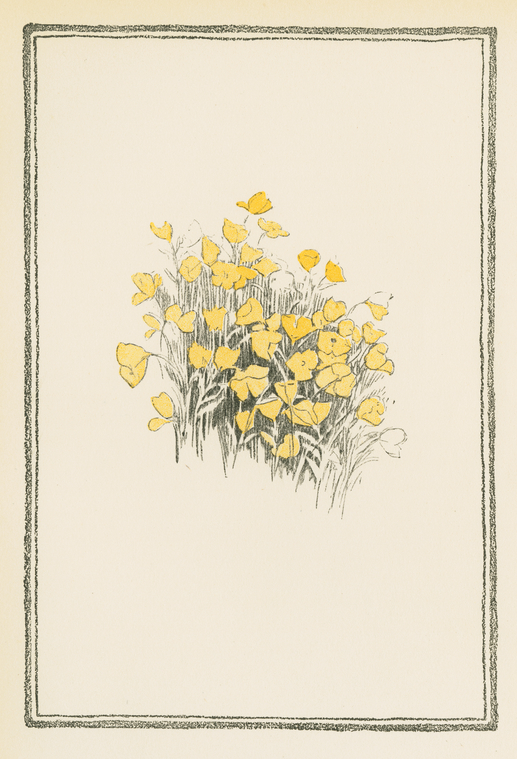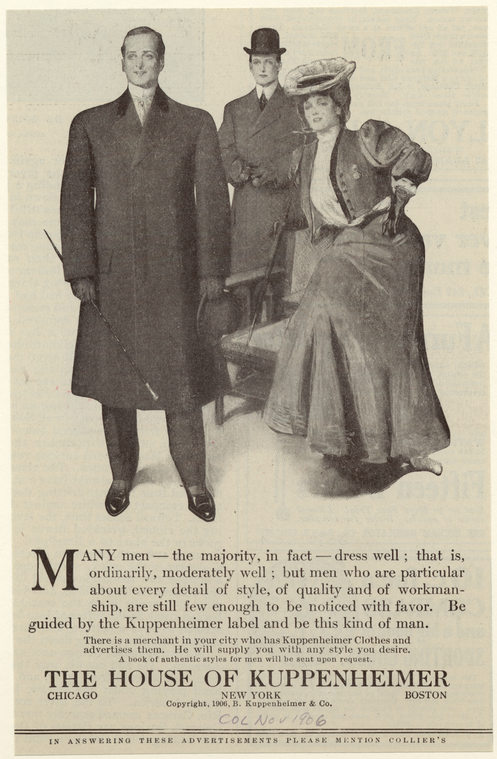If We Could Spend a Picture-Lovers Day Together

by Dorothea Lange (Image ID 4001167, New York Public Library)
In June 1965, photographer Dorothea Lange wrote a letter to Picture Collection Librarian Romana Javitz saying, “It would be very fine, very fine indeed, if we could spend a Picture-Lovers afternoon together....”
Imagine what they would see.
Lange often sent her photographs to Javitz. These friends collaborated on adding images to the Picture Collection, sharing a vision of collecting pictures to represent the world and making those images available for everyone to see. Seeing a picture can inform a reader’s understanding of a place, an event, a text, a time period, an emotion, or even a directive. And, seeing pictures with another person can add perspective and deepen understanding.
In a 1939 report, Javitz wrote about how the Picture Collection is used saying:
American creative output is influenced in a great measure by this library service. An endless procession of art in industry derives from the Picture Collection: fabric, stage sets, dress, ornament, jewelry, toys, window displays, book production. . . . The universality and comprehensiveness of its files make this picture collection a particularly rich soil for the yielding of ideas. . . . It may be likened to a giant encyclopedia where pictures are consulted instead of the printed word. (1939 Special Report on the Picture Collection, in Romana Javitz Papers. pp. 1-3)
Today images remain as important as words in our need to describe and understand our world. Digital photography and the apps that promote it, like Instagram, have become an increasingly important form of communication. In How to See the World, Nicholas Mirzoeff writes, “There were 3.5 trillion photographs in existence in 2011….Like it or not, the emerging global society is visual. All these photographs and videos are our way of trying to see the world. We feel compelled to make images of it and share them with others as a key part of our effort to understand the changing world around us and our place within it” (p.5). Visual literacy and the documentation and dissemination of images are as important to people’s information gathering as words are. According to visual linguist Robert Horn, “No verbal description of a person’s face can compete with a photograph to describe or identify the individual. Words almost always compare unfavorably to an image when a detailed description of an individual is the goal” (Visual Language, p.161). But pictures can also reinforce the meaning of words. The picture of a clock is more readable with the addition of numbers, and a one way sign conveys more meaning with the words “one way” framed by an arrow in the direction that traffic is going (p.58).
The use of picture clues as a device for literacy is fundamental when learning to read and when learning a new language. The words YELLOW FLOWERS underneath an illustration of yellow flowers makes a clear connection between the words being learned and the meaning of the words. In the Middle Ages when books were scarce, images created with stained glass, sculpture, and tapestries were used in churches to tell the stories of scripture to illiterate parishioners. The pictures connected the message of the written word effectively to the masses. Today images are still used to speak simply and universally to large numbers of people. Companies use in logos to represent their function or to brand themselves as unique. NYPL uses a lion as a way to easily recognize the Library brand on events and publications. The symbol has been updated a few times through the years, but it takes its inspiration from the iconic statues welcoming visitors to the Stephen A. Schwarzman Building.
In Ways of Seeing, John Berger explains how marketing uses images to manipulate the audience to associate being lovable with having money. Imagery is used in advertising to direct the public to want the dreams, desires, and aspirations being displayed. The idea of which has been further promoted in the popularity of social media today. We post pictures that show the deliciousness of our breakfast and the best moments of our vacations, which further the push to create a desired lifestyle through images. “Publicity does not manufacture the dream. All that it does is propose to each of us that we are not yet enviable -- yet could be” (p.149).

Interpreting and musing on what we see in images is also an entertaining way to communicate ideas. Swiss essayist, Robert Walser, writes about his brother Karl Walser’s painting, Portrait of a Lady, that “he is also painting her amiable secret reveries, her thoughts and daydreams, her lovely, happy imagination, since directly above the reader’s head, or brain, in a softer, more delicate distance, as though it were the construction of a fantasy, he has painted a green meadow surrounded by a ring of sumptuous chestnut trees and on this meadow, in sweet, sunlit peace, a shepherd lies sprawled, he too appearing to read a book since he has nothing else to do.” He ends the essay telling how everyone deserves happiness. An idea that is certainly communicated by seeing a picture of a girl spending a dreamy afternoon with a book. This picture shows us that for the reader in this painting, it’s what is inside the book that matters.
When looking at a painting in a museum, an illustration in a children’s book, a statue in the park, or an image in the Picture Collection, take a moment to read the image and find a story or an unexpected detail that leads you to a greater appreciation for what the image may be communicating.
Let us know how we can help you read and what we can help you see at the Library!
Read E-Books with SimplyE
 With your library card, it's easier than ever to choose from more than 300,000 e-books on SimplyE, The New York Public Library's free e-reader app. Gain access to digital resources for all ages, including e-books, audiobooks, databases, and more.
With your library card, it's easier than ever to choose from more than 300,000 e-books on SimplyE, The New York Public Library's free e-reader app. Gain access to digital resources for all ages, including e-books, audiobooks, databases, and more.
If you don’t have an NYPL library card, New York State residents can apply for a digital card online or through SimplyE (available on the App Store or Google Play).
Need more help? Read our guide to using SimplyE.



Comments
Views
Submitted by Dave Dayanan (not verified) on October 17, 2017 - 1:33am
Another example of "yellow flowers":
Submitted by Billy Parrott on October 18, 2017 - 10:19am
Yellow Flowers
Submitted by Jessica Cline on October 18, 2017 - 11:10am
Are the photos in the Picture
Submitted by Nick (not verified) on October 18, 2017 - 10:09pm
The Picture Collection has
Submitted by Jessica Cline on October 26, 2017 - 3:26pm